HSBC 2010 Annual Report Download - page 260
Download and view the complete annual report
Please find page 260 of the 2010 HSBC annual report below. You can navigate through the pages in the report by either clicking on the pages listed below, or by using the keyword search tool below to find specific information within the annual report.-
 1
1 -
 2
2 -
 3
3 -
 4
4 -
 5
5 -
 6
6 -
 7
7 -
 8
8 -
 9
9 -
 10
10 -
 11
11 -
 12
12 -
 13
13 -
 14
14 -
 15
15 -
 16
16 -
 17
17 -
 18
18 -
 19
19 -
 20
20 -
 21
21 -
 22
22 -
 23
23 -
 24
24 -
 25
25 -
 26
26 -
 27
27 -
 28
28 -
 29
29 -
 30
30 -
 31
31 -
 32
32 -
 33
33 -
 34
34 -
 35
35 -
 36
36 -
 37
37 -
 38
38 -
 39
39 -
 40
40 -
 41
41 -
 42
42 -
 43
43 -
 44
44 -
 45
45 -
 46
46 -
 47
47 -
 48
48 -
 49
49 -
 50
50 -
 51
51 -
 52
52 -
 53
53 -
 54
54 -
 55
55 -
 56
56 -
 57
57 -
 58
58 -
 59
59 -
 60
60 -
 61
61 -
 62
62 -
 63
63 -
 64
64 -
 65
65 -
 66
66 -
 67
67 -
 68
68 -
 69
69 -
 70
70 -
 71
71 -
 72
72 -
 73
73 -
 74
74 -
 75
75 -
 76
76 -
 77
77 -
 78
78 -
 79
79 -
 80
80 -
 81
81 -
 82
82 -
 83
83 -
 84
84 -
 85
85 -
 86
86 -
 87
87 -
 88
88 -
 89
89 -
 90
90 -
 91
91 -
 92
92 -
 93
93 -
 94
94 -
 95
95 -
 96
96 -
 97
97 -
 98
98 -
 99
99 -
 100
100 -
 101
101 -
 102
102 -
 103
103 -
 104
104 -
 105
105 -
 106
106 -
 107
107 -
 108
108 -
 109
109 -
 110
110 -
 111
111 -
 112
112 -
 113
113 -
 114
114 -
 115
115 -
 116
116 -
 117
117 -
 118
118 -
 119
119 -
 120
120 -
 121
121 -
 122
122 -
 123
123 -
 124
124 -
 125
125 -
 126
126 -
 127
127 -
 128
128 -
 129
129 -
 130
130 -
 131
131 -
 132
132 -
 133
133 -
 134
134 -
 135
135 -
 136
136 -
 137
137 -
 138
138 -
 139
139 -
 140
140 -
 141
141 -
 142
142 -
 143
143 -
 144
144 -
 145
145 -
 146
146 -
 147
147 -
 148
148 -
 149
149 -
 150
150 -
 151
151 -
 152
152 -
 153
153 -
 154
154 -
 155
155 -
 156
156 -
 157
157 -
 158
158 -
 159
159 -
 160
160 -
 161
161 -
 162
162 -
 163
163 -
 164
164 -
 165
165 -
 166
166 -
 167
167 -
 168
168 -
 169
169 -
 170
170 -
 171
171 -
 172
172 -
 173
173 -
 174
174 -
 175
175 -
 176
176 -
 177
177 -
 178
178 -
 179
179 -
 180
180 -
 181
181 -
 182
182 -
 183
183 -
 184
184 -
 185
185 -
 186
186 -
 187
187 -
 188
188 -
 189
189 -
 190
190 -
 191
191 -
 192
192 -
 193
193 -
 194
194 -
 195
195 -
 196
196 -
 197
197 -
 198
198 -
 199
199 -
 200
200 -
 201
201 -
 202
202 -
 203
203 -
 204
204 -
 205
205 -
 206
206 -
 207
207 -
 208
208 -
 209
209 -
 210
210 -
 211
211 -
 212
212 -
 213
213 -
 214
214 -
 215
215 -
 216
216 -
 217
217 -
 218
218 -
 219
219 -
 220
220 -
 221
221 -
 222
222 -
 223
223 -
 224
224 -
 225
225 -
 226
226 -
 227
227 -
 228
228 -
 229
229 -
 230
230 -
 231
231 -
 232
232 -
 233
233 -
 234
234 -
 235
235 -
 236
236 -
 237
237 -
 238
238 -
 239
239 -
 240
240 -
 241
241 -
 242
242 -
 243
243 -
 244
244 -
 245
245 -
 246
246 -
 247
247 -
 248
248 -
 249
249 -
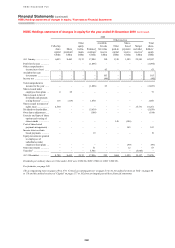 250
250 -
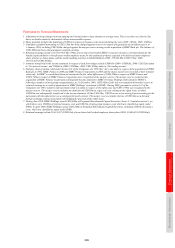 251
251 -
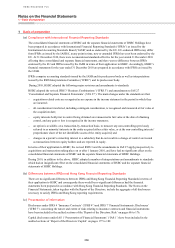 252
252 -
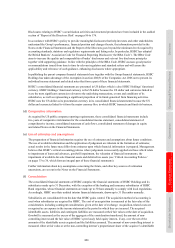 253
253 -
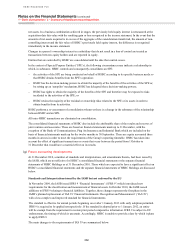 254
254 -
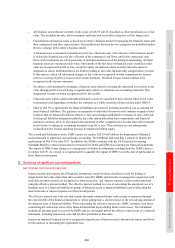 255
255 -
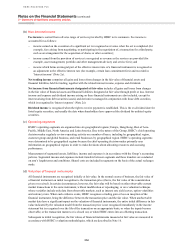 256
256 -
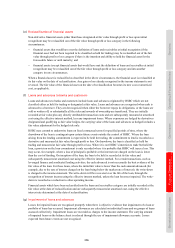 257
257 -
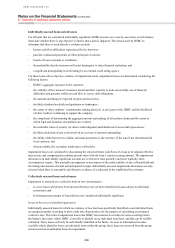 258
258 -
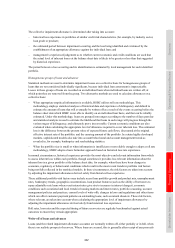 259
259 -
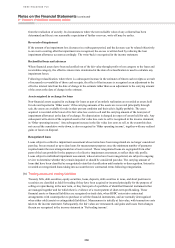 260
260 -
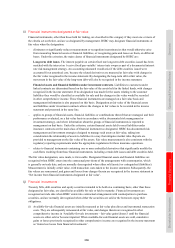 261
261 -
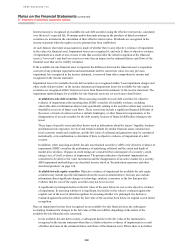 262
262 -
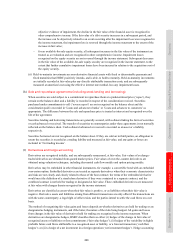 263
263 -
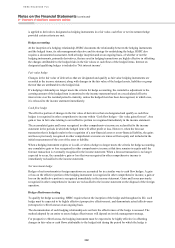 264
264 -
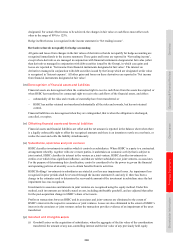 265
265 -
 266
266 -
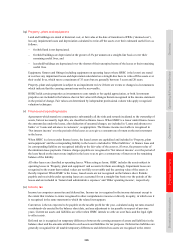 267
267 -
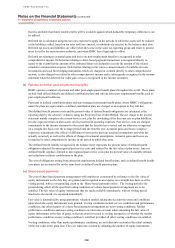 268
268 -
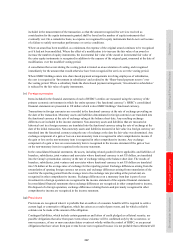 269
269 -
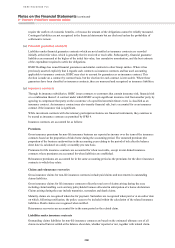 270
270 -
 271
271 -
 272
272 -
 273
273 -
 274
274 -
 275
275 -
 276
276 -
 277
277 -
 278
278 -
 279
279 -
 280
280 -
 281
281 -
 282
282 -
 283
283 -
 284
284 -
 285
285 -
 286
286 -
 287
287 -
 288
288 -
 289
289 -
 290
290 -
 291
291 -
 292
292 -
 293
293 -
 294
294 -
 295
295 -
 296
296 -
 297
297 -
 298
298 -
 299
299 -
 300
300 -
 301
301 -
 302
302 -
 303
303 -
 304
304 -
 305
305 -
 306
306 -
 307
307 -
 308
308 -
 309
309 -
 310
310 -
 311
311 -
 312
312 -
 313
313 -
 314
314 -
 315
315 -
 316
316 -
 317
317 -
 318
318 -
 319
319 -
 320
320 -
 321
321 -
 322
322 -
 323
323 -
 324
324 -
 325
325 -
 326
326 -
 327
327 -
 328
328 -
 329
329 -
 330
330 -
 331
331 -
 332
332 -
 333
333 -
 334
334 -
 335
335 -
 336
336 -
 337
337 -
 338
338 -
 339
339 -
 340
340 -
 341
341 -
 342
342 -
 343
343 -
 344
344 -
 345
345 -
 346
346 -
 347
347 -
 348
348 -
 349
349 -
 350
350 -
 351
351 -
 352
352 -
 353
353 -
 354
354 -
 355
355 -
 356
356 -
 357
357 -
 358
358 -
 359
359 -
 360
360 -
 361
361 -
 362
362 -
 363
363 -
 364
364 -
 365
365 -
 366
366 -
 367
367 -
 368
368 -
 369
369 -
 370
370 -
 371
371 -
 372
372 -
 373
373 -
 374
374 -
 375
375 -
 376
376 -
 377
377 -
 378
378 -
 379
379 -
 380
380 -
 381
381 -
 382
382 -
 383
383 -
 384
384 -
 385
385 -
 386
386 -
 387
387 -
 388
388 -
 389
389 -
 390
390 -
 391
391 -
 392
392 -
 393
393 -
 394
394 -
 395
395 -
 396
396
 |
 |

HSBC HOLDINGS PLC
Notes on the Financial Statements (continued)
2 – Summary of significant accounting policies
258
from the realisation of security. In circumstances where the net realisable value of any collateral has been
determined and there is no reasonable expectation of further recovery, write off may be earlier.
Reversals of impairment
If the amount of an impairment loss decreases in a subsequent period, and the decrease can be related objectively
to an event occurring after the impairment was recognised, the excess is written back by reducing the loan
impairment allowance account accordingly. The write-back is recognised in the income statement.
Reclassified loans and advances
Where financial assets have been reclassified out of the fair value through profit or loss category to the loans and
receivables category, the effective interest rate determined at the date of reclassification is used to calculate any
impairment losses.
Following reclassification, where there is a subsequent increase in the estimates of future cash receipts as a result
of increased recoverability of those cash receipts, the effect of that increase is recognised as an adjustment to the
effective interest rate from the date of change in the estimate rather than as an adjustment to the carrying amount
of the asset at the date of change in the estimate.
Assets acquired in exchange for loans
Non-financial assets acquired in exchange for loans as part of an orderly realisation are recorded as assets held
for sale and reported in ‘Other assets’ if the carrying amounts of the assets are recovered principally through
sale, the assets are available for sale in their present condition and their sale is highly probable. The asset
acquired is recorded at the lower of its fair value less costs to sell and the carrying amount of the loan (net of
impairment allowance) at the date of exchange. No depreciation is charged in respect of assets held for sale. Any
subsequent write-down of the acquired asset to fair value less costs to sell is recognised in the income statement,
in ‘Other operating income’. Any subsequent increase in the fair value less costs to sell, to the extent this does
not exceed the cumulative write-down, is also recognised in ‘Other operating income’, together with any realised
gains or losses on disposal.
Renegotiated loans
Loans subject to collective impairment assessment whose terms have been renegotiated are no longer considered
past due, but are treated as up to date loans for measurement purposes once the minimum number of payments
required under the new arrangements have been received. These renegotiated loans are segregated from other
parts of the loan portfolio for the purposes of collective impairment assessment, to reflect their risk profile.
Loans subject to individual impairment assessment, whose terms have been renegotiated, are subject to ongoing
review to determine whether they remain impaired or should be considered past due. The carrying amount of
loans that have been classified as renegotiated retain this classification until maturity or derecognition. Interest is
recorded on renegotiated loans taking into account the new contractual terms following renegotiation.
(h) Trading assets and trading liabilities
Treasury bills, debt securities, equity securities, loans, deposits, debt securities in issue, and short positions in
securities are classified as held for trading if they have been acquired or incurred principally for the purpose of
selling or repurchasing in the near term, or they form part of a portfolio of identified financial instruments that
are managed together and for which there is evidence of a recent pattern of short-term profit-taking. These
financial assets or financial liabilities are recognised on trade date, when HSBC enters into contractual
arrangements with counterparties to purchase or sell the financial instruments, and are normally derecognised
when either sold (assets) or extinguished (liabilities). Measurement is initially at fair value, with transaction costs
taken to the income statement. Subsequently, the fair values are remeasured, and gains and losses from changes
therein are recognised in the income statement in ‘Net trading income’.
